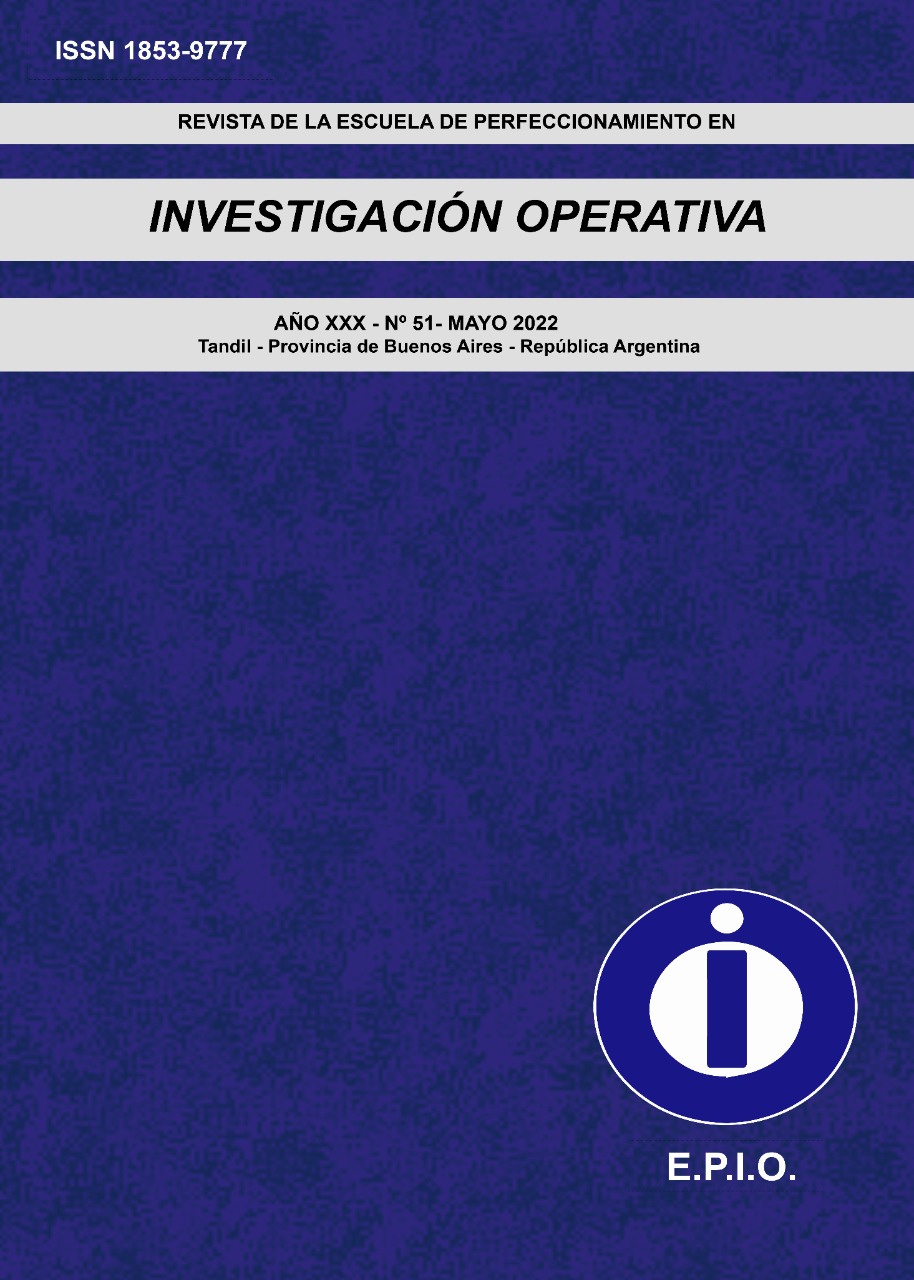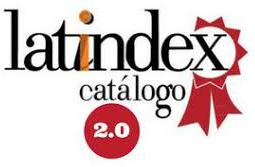Usos del término "Likert". Una revisión en estudios sobre aprendizaje organizacional
Keywords:
likert, likert type, scale, item, organizational learning, measurementAbstract
The Likert scale (1932), applied with the aim of measuring attitudes by surveying the level of agreement of a subject to a series of items, is widely used in the Social Sciences and, especially, in the field of Organizational Learning (OL). Although the scale construction method comprises clearly defined steps, the term Likert is used in multiple ways and has been found applied to both scales and items. The objective of this paper is to analyze the use of the word Likert in studies referring to the measurement of OL and to examine its potential association with the year of publication. Eighty-seven empirical studies were analyzed using univariate and bivariate descriptive techniques, and a correspondence analysis was performed, concluding that the Likert-type expression is found mostly in publications from the early years (periods 1997-2002 and 2003-2008) and that, in recent periods (2009-2014 and 2015-2020) the use of Likert is predominant. The work contributes to accounting for the diversity of terms used in the field of OL measurement in reference to the Likert scale, and the existence of an association between the years of publication and the terms used.
Downloads
References
Balzarini, M.G.; Gonzalez L.; Tablada M.; Casanoves F.; Di Rienzo J.A.; Robledo C.W. (2008). Infostat. Manual del Usuario. Editorial Brujas, Córdoba, Argentina.
Baranger, D. (1992). Construcción y análisis de datos. Una introducción al uso de técnicas cuantitativas en la Investigación Social. Editorial Universitaria, Universidad Nacional de Misiones.
Boone, H. N.; Boone, D. A. (2012). Analyzing Likert data. Journal of Extension, 50 (2).
Brown, J. D. (2011). Likert items and scales of measurement? Shiken: Jalt Testing and Evaluation SIG Newsletter, 15(1) 10-14.
Carifio J.; Perla, R. (2007). Ten common misunderstandings, misconceptions, persistent myths and urban legends about Likert scales and Likert response formats and their antidotes. Journal of the Social Sciences, 3 (3), 106–116. 1152ª Blackwell Publishing Ltd 2008.
Carifio, J.; Perla, R. (2008). Resolving the 50-year debate around using and misusing Likert scales. Medical Education, 42 (12), 1150-1152.doi:10.1111/j.1365-2923.2008.03172x.
Creswell, J. (2005). Educational research: Planning, conducting and evaluating quantitative and qualitative research. Upper Saddle River, NJ: Pearson Education.
Di Rienzo, J. A.; Casanoves, F.; Balzarini, M. G.; Gonzalez, L.; Tablada, M.; Robledo, C. W. (2020). InfoStat versión 2020. Centro de Transferencia InfoStat, FCA, Universidad Nacional de Córdoba, Argentina. URL http://www.infostat.com.ar
Greenacre, M. J. (1984). Theory and Applications of Correspondence Analysis. London: Academic Press.
Greenacre, M. J. (1988). Correspondence Analysis of Multivariate Categorical Data by Weighted Least-Squares. Biometrika, 75: 457-467.
Hernández Sampieri, R.; Fernández Collado, C.; Baptista Lucio, P. (2014). Metodología de la Investigación. Sexta Edición. McGraw Hill / Interamericana Editores, S.A. de C.V.
Jakobsson, U. (2004). Statistical presentation and analysis of ordinal data in nursing research. Scandinavian Journal of Caring Sciences, 18, 437–440.
Joshi, A.; Kale, S.; Chandel, S.; Pal, D. K. (2015). Likert Scale: Explored and Explained. British Journal of Applied Science & Technology, 7(4), 396-403.
Likert, R. (1932). A technique for the measurement of attitudes. Archivos de Psicología, 140, 5-55.
Matas, A. (2018). Diseño del formato de escalas tipo Likert: un estado de la Cuestión. Revista Electrónica de Investigación Educativa, 20(1), 38-47. https://doi.org/10.24320/redie.2018.20.1.1347
Pell G. (2005). Uses and misuses of Likert scales. Medical education, 39:97.
Romero, M. Del C.; Camio, M. I. Y Álvarez, M. B. (2018). Escalas de Likert. Un estudio de su uso en trabajos de aprendizaje organizacional. XXXI Encuentro Nacional de Docentes en Investigación Operativa (ENDIO) y XXIX Escuela de Perfeccionamiento en Investigación Operativa (EPIO). Universidad Nacional de Mar del Plata. Mar del Plata. 6 al 8 de junio de 2018.
Romero, M. Del C. Y Álvarez, M. B. (2021). ¿Escala de Likert o ítem tipo Likert? Análisis del uso de estos términos en estudios sobre Aprendizaje Organizacional. XXXIV Encuentro Nacional de Docentes en Investigación Operativa (ENDIO) - XXXII Escuela de Perfeccionamiento en Investigación Operativa (EPIO) – Virtual 2021. 17 al 19 de noviembre de 2021.
Subedi, B. P. (2016). Using Likert Type Data in Social Science Research: Confusion, Issues and Challenges. International Journal of Contemporary Applied Sciences, 3 (2). www.ijcas.net.
Published
How to Cite
Issue
Section
License

This work is licensed under a Creative Commons Attribution-NonCommercial-ShareAlike 4.0 International License.
Atribución — Usted debe dar crédito de manera adecuada, brindar un enlace a la licencia, e indicar si se han realizado cambios. Puede hacerlo en cualquier forma razonable, pero no de forma tal que sugiera que usted o su uso tienen el apoyo de la licenciante.
NoComercial — Usted no puede hacer uso del material con propósitos comerciales.
CompartirIgual — Si remezcla, transforma o crea a partir del material, debe distribuir su contribución bajo la misma licencia del original.







